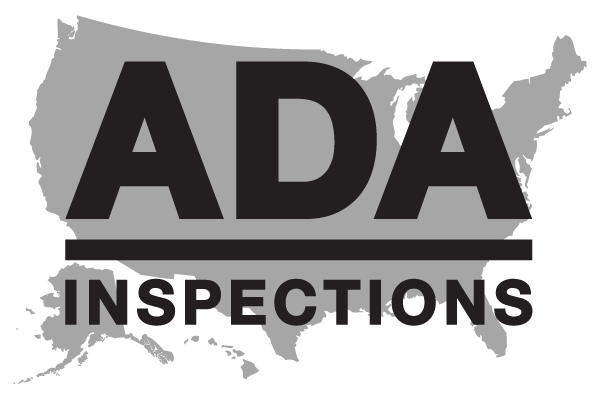Hotel Curb Ramp in Hawaii - What's Wrong?
Hawaii Composite Curb Ramp
The photo on the right is a rubber curb ramp observed at the front curb of a hotel in Hawaii. What’s wrong? HINT: Don’t be fooled by the ADA blue pedestrian cones.
2010 ADA Standard 405.2, Ramps, Slope, states, “Ramp runs shall have a running slope not steeper than 1:12 [8.3%].” The diagram below is representative of this Standard.
Max ramp runs slope is 12 inches for every 1 inch vertical change.
So in the first photo above you can see that the length of the ramp run is approximately 12 inches and the elevation at the top of the ramp is less than the height of the curb. So there are two things wrong in this photo. First, the ramp run length is too short for use by disabled individuals because it is steeper than 1:12. And second, the height of the ramp leaves an abrupt vertical change in elevation when comparing the top of the ramp to the curb height. This elevation change is approximately 1 inch.
2010 ADA Standard 403.4, Walking Surfaces, Changes in Elevation, states, “Changes in elevation shall comply with [Standard] 303.” Standard 303.2, Changes in Level, Vertical, states, “Changes in level of 1/4 inch high maximum shall be permitted to be vertical.” Standard 303.3, Changes in Level, Beveled, states, “Changes in level between 1/4 inch high minimum and 1/2 inch high maximum shall be beveled with a slope not steeper than 1:2.” The diagram below is representative of these Standards.
Beveled Change in Level




